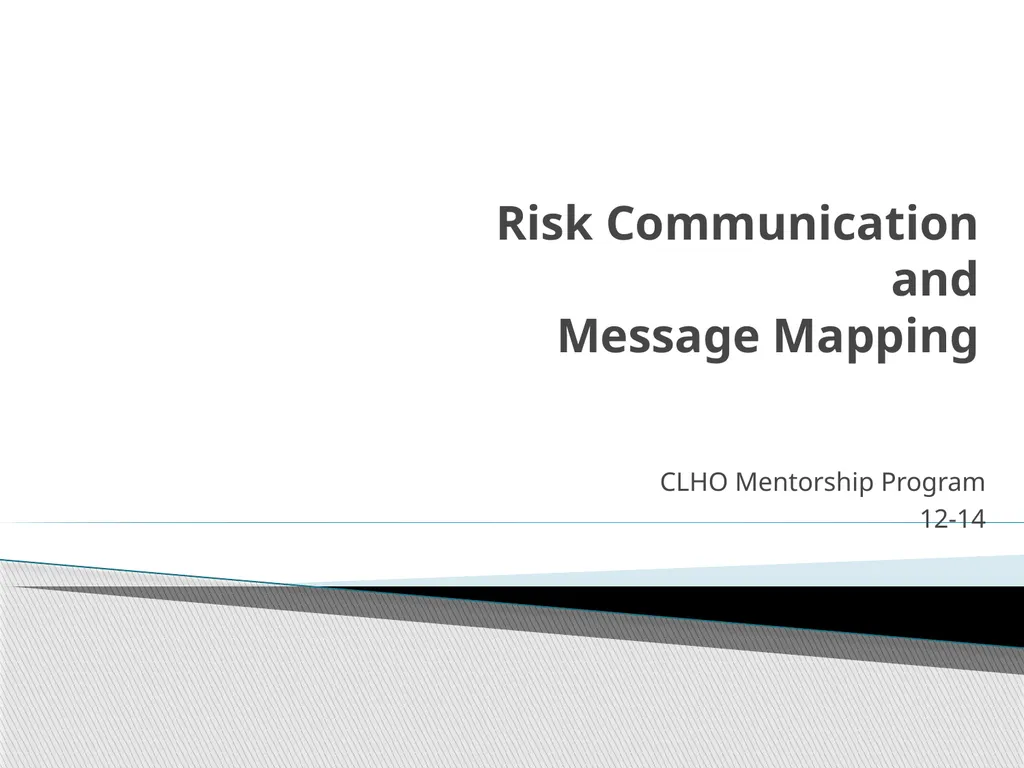
Risk Communication and Message Mapping CLHO
Author: lindy-dunigan | Published: 2025-05-29
Description: Risk Communication and Message Mapping CLHO Mentorship Program 12-14 Vince Covello Center for Risk Communication http:centerforriskcommunication.org Peter Sandman www.psandman.com Sources: Risk Communication Message Mapping
Download Presentation
Download the PPT/PDF: Download
Transcript:
Loading transcriptÖ